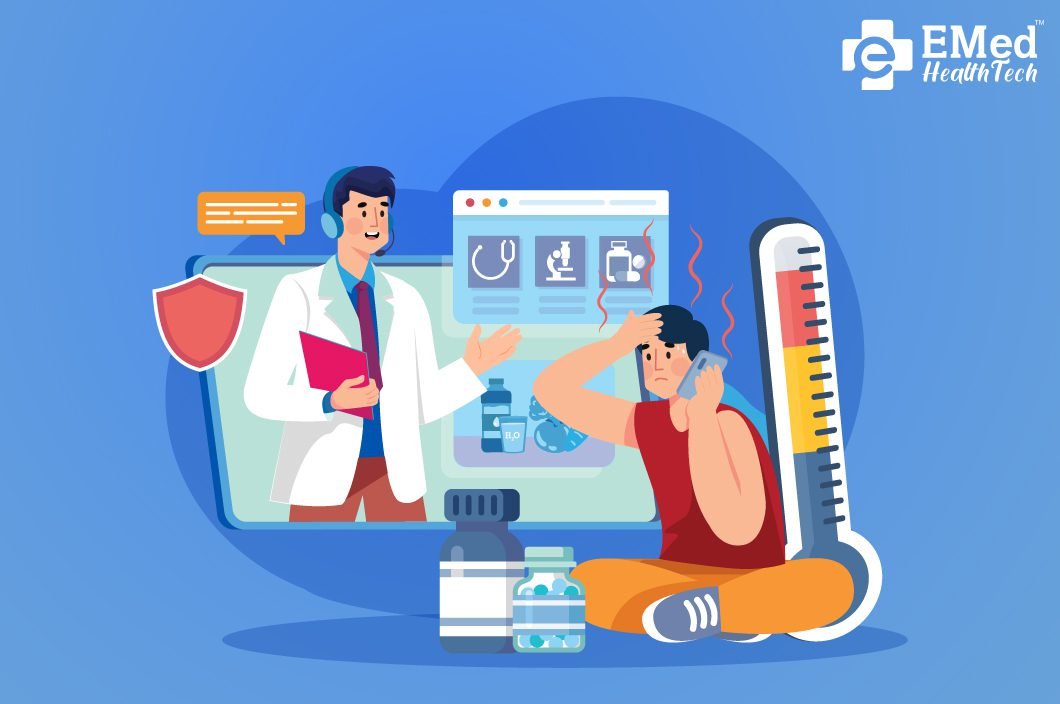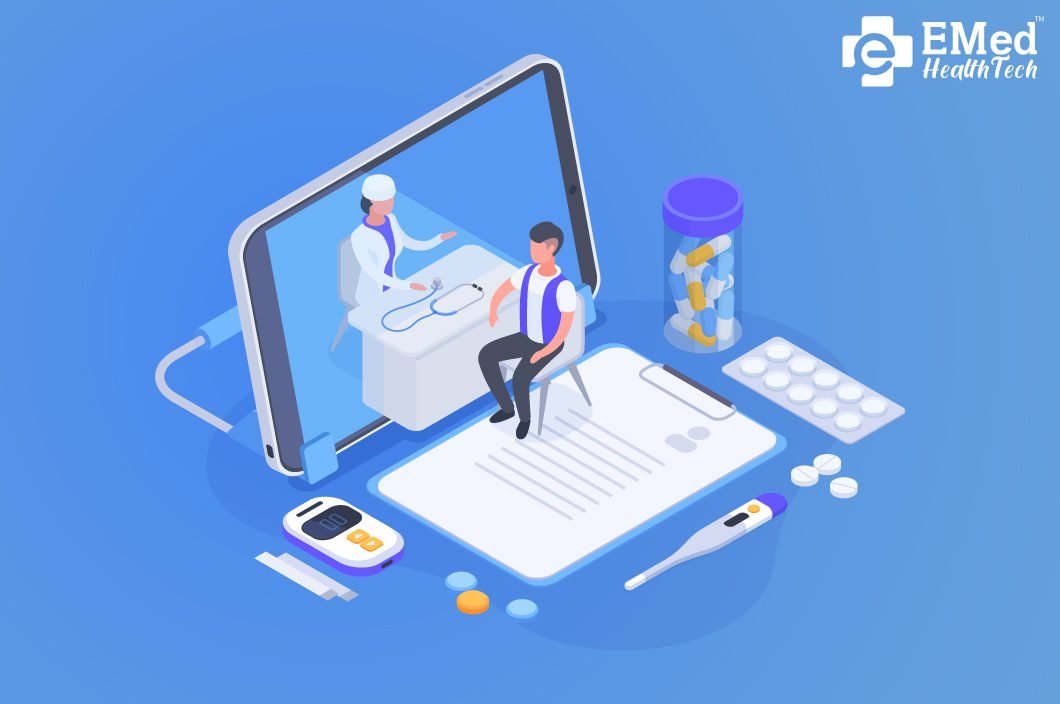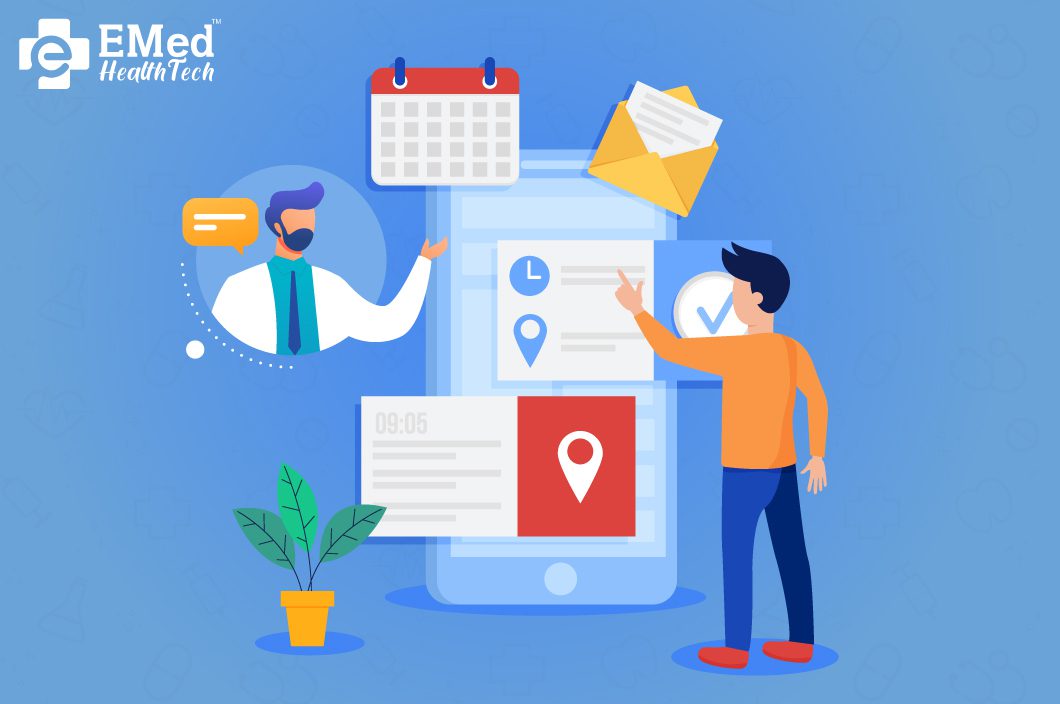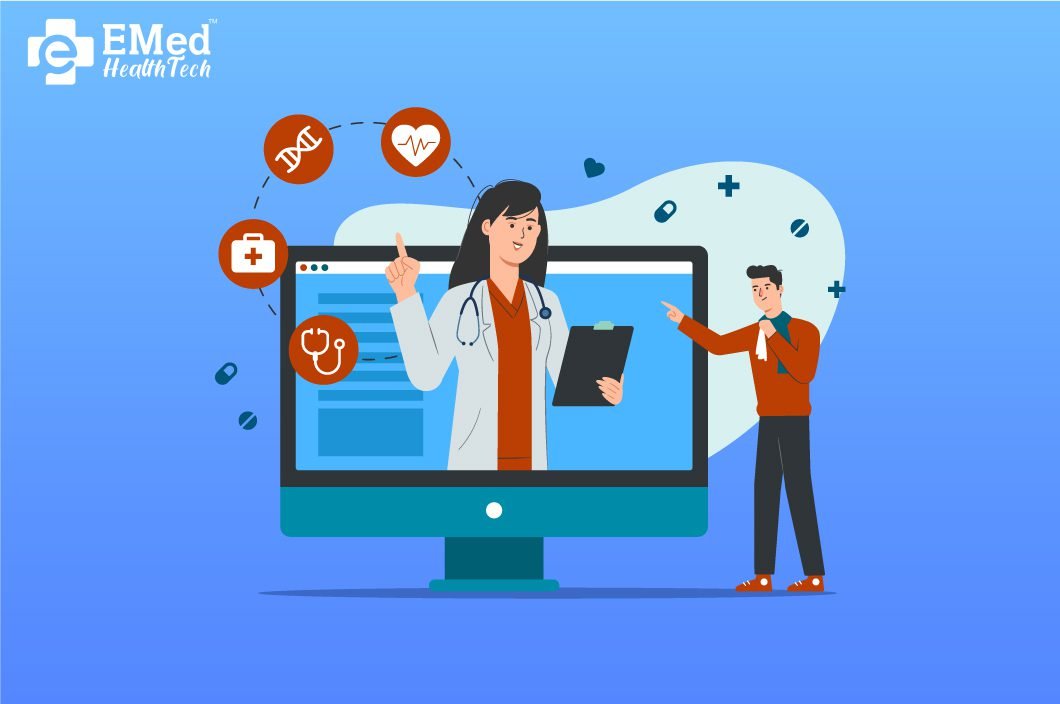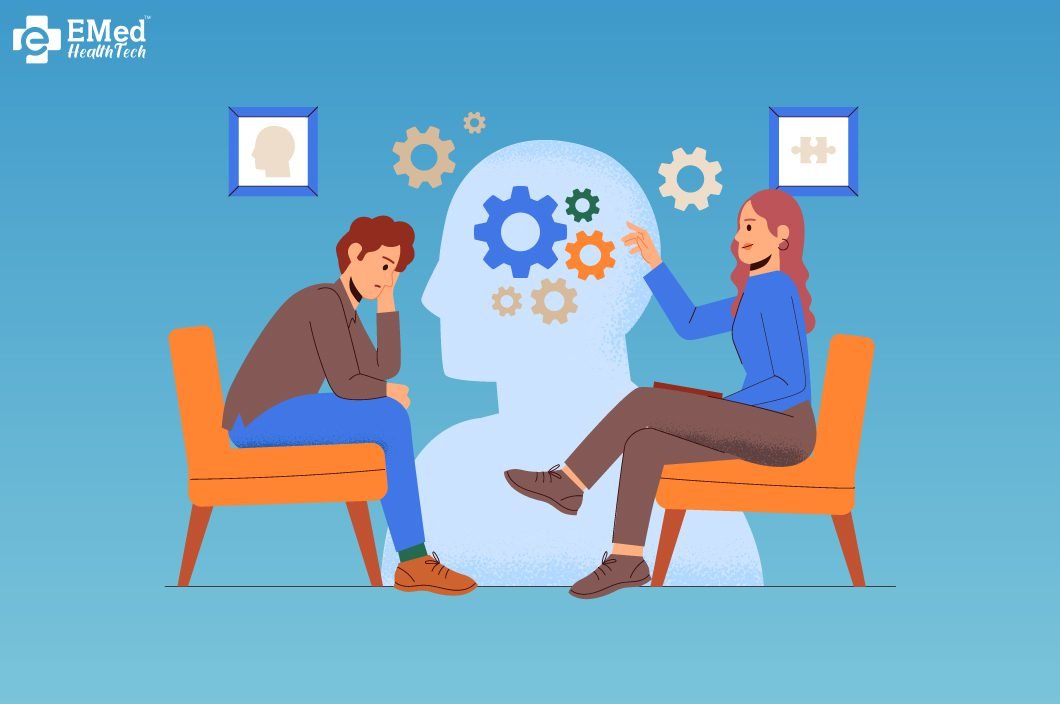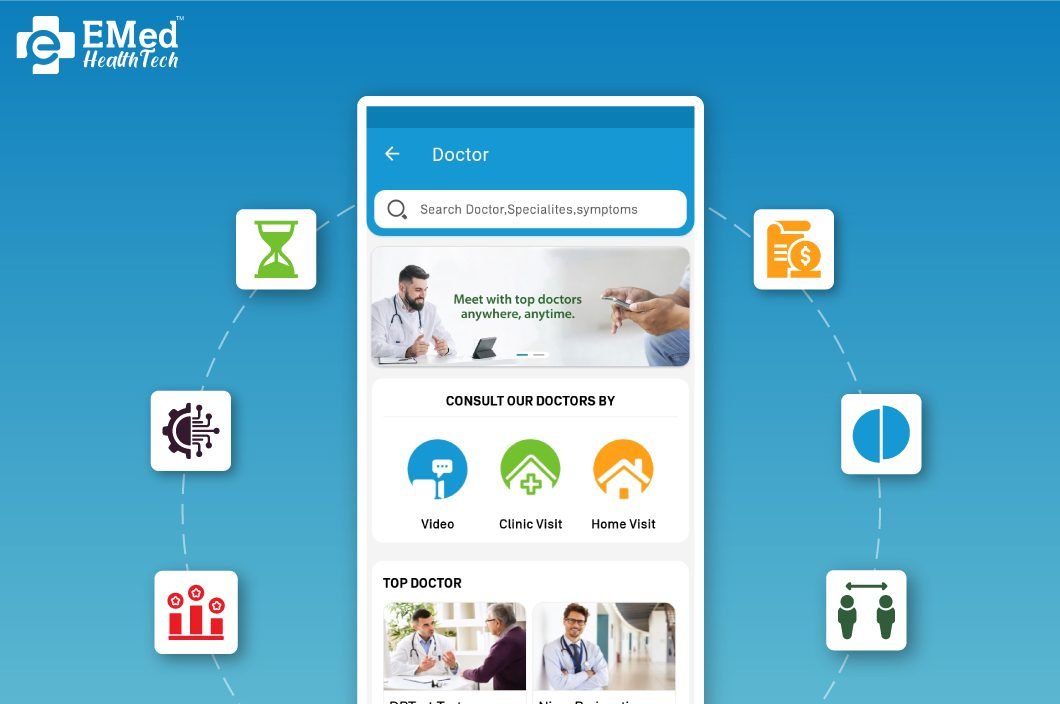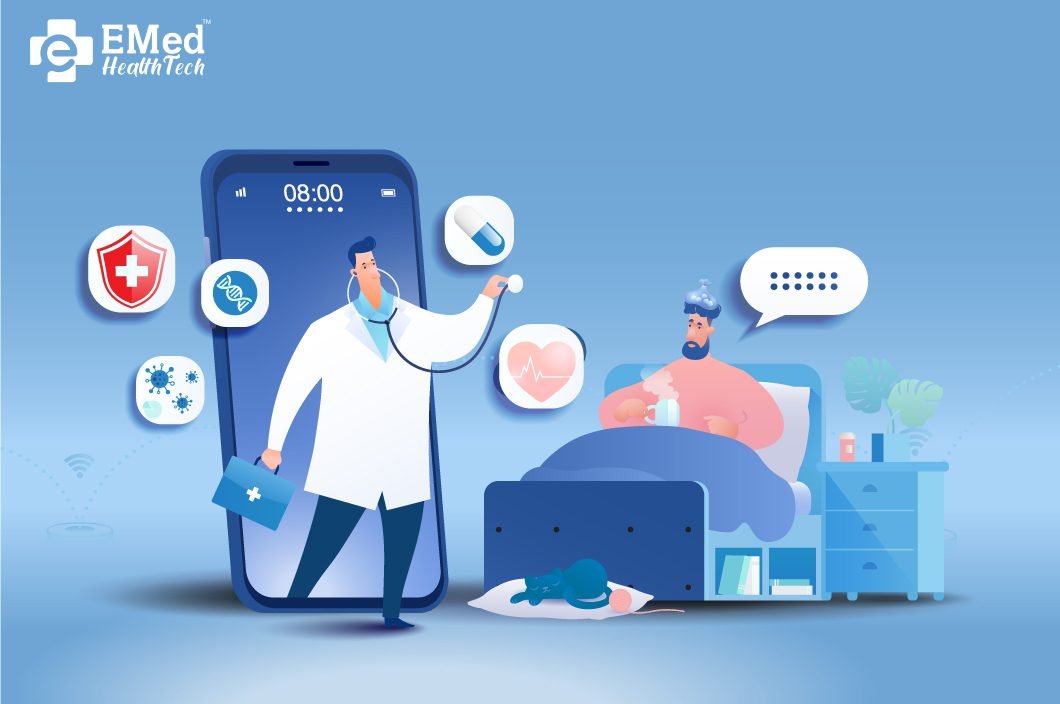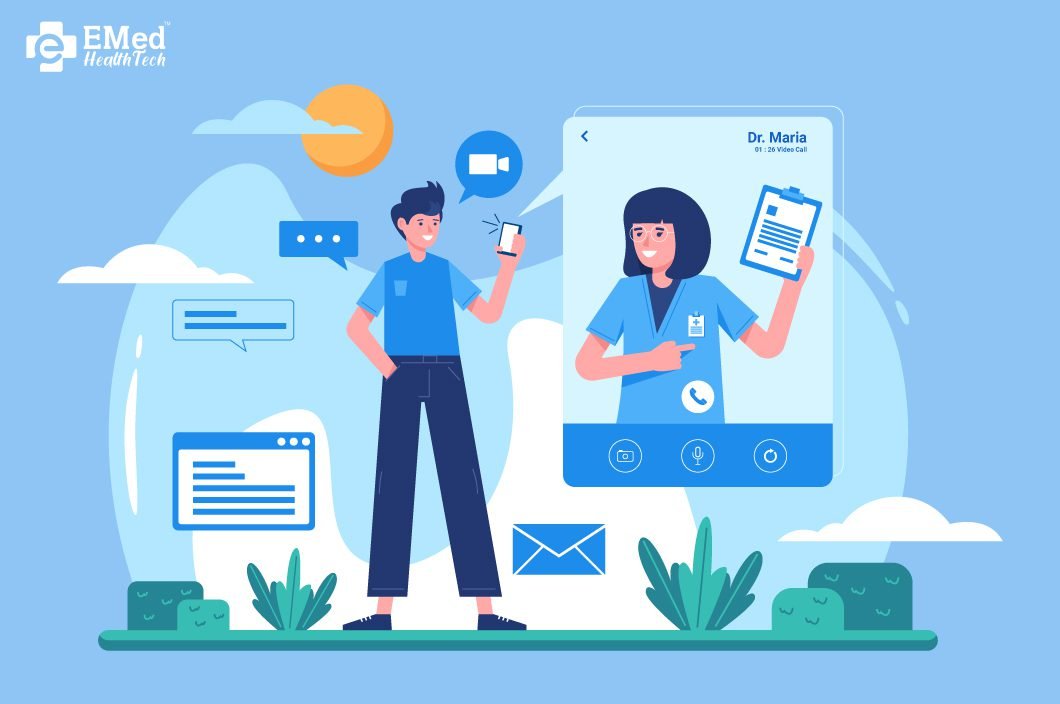Telehealth and telemedicine have been growing in popularity in recent years, but the COVID-19 pandemic has accelerated the adoption of these technologies. With the ability to provide medical care remotely, telehealth services and telemedicine have become essential tools for maintaining access to healthcare during the pandemic and beyond.
With technology advancing rapidly, one can also expect this to be reflected in telehealth and telemedicine platforms in many ways. In this article, we will explore what to expect from telehealth and telemedicine in 2023 and beyond, including predictions for the future of the field and the value of virtual care beyond telehealth.
Telehealth and Telemedicine: The Journey So Far
The healthcare industry is constantly evolving, and telehealth and telemedicine are no exceptions. These technologies have grown exponentially in recent years, and this trend is expected to continue. From its inception to where it is today, there have been tremendous changes in telehealth and telemedicine, altering how we perceive healthcare services.
Where is it headed?
The healthcare industry saw an unprecedented surge in telehealth services during the pandemic period. Now that things are back to normal and the sense of urgency that ruled the time has died down, there has been a systematic and sure shift to virtual healthcare services. This aligns with various studies that predict the surge in the use of telehealth services. A study by McKinsey shows that almost $250 billion could be shifted in the US alone for virtual healthcare. A quick look at the current usage stats also confirms the inevitable rise of telehealth.
What are the Usage Stats of Telehealth?
A recent HIMSS report shows that more than 70% of Gen Z, millennials, and Gen X want the convenience of telehealth and go as far as to choose another provider if it is not an option. According to a September 2022 AMA study, there has been a significant increase in physicians using remote monitoring devices, as the percentage grew from 12% in 2016 to 30% in 2022. The main reasons for this adoption are improved clinical outcomes and efficiency. Find the top 10 reasons to build Telemedicine app. Improvement in usability and culture is also seen as a major factor that can raise it to a 50% to 70% rate in the next five years.
What are the components involved in Telemedicine?
One of the most crucial aspects enabling telemedicine is Remote patient monitoring (RPM) It uses connected medical devices and sensors, mobile devices, cloud platforms, and software to analyze and store data. While personal wearable devices such as Jawbone, Fitbit, and Apple Watches were popular a decade ago, they do not provide medical-grade information. Medical-grade devices are necessary for significant progress. As patients become accustomed to utilizing devices, sensors will become more compact and efficient.
Bringing a greater value beyond the obvious
Beyond the obvious benefits of telehealth and telemedicine, such as increased access to healthcare and reduced costs, virtual care can potentially improve patient care quality. Virtual care can also help to reduce the spread of infectious diseases, such as COVID-19, by reducing the number of in-person visits to healthcare facilities. Read more about 10 Benefits of Telemedicine Apps in Virtual Healthcare.
The Future of Telehealth and Telemedicine: 2023 in a Glance
Get Ready for Tech giant takeovers
Tech giants like Google and Amazon are taking notice of telehealth’s potential and making strategic acquisitions and investments to expand their offerings in the healthcare space. Google has made direct investments in telehealth providers, while Amazon has acquired One Medical, a telehealth-powered primary care provider, for close to $4 billion and launched Amazon Clinic, a marketplace for third-party telehealth providers. With the potential to apply new technologies in telehealth, we can expect to see more tech giant acquisitions in the coming years.
Bring Home the Hospital
During the pandemic, home healthcare saw a rapid scaling up due to the deployment of cutting-edge technologies. However, as things have normalized, the urgency to address healthcare challenges has decreased. Caregivers are now working to refine and expand subscription-based home healthcare services. We can expect a significant increase in subscription-based home healthcare services in the coming years, as corporate healthcare programs integrate preventive approaches to reduce healthcare expenditure.
Behavioral and holistic health
Integrating behavioral insights to create a holistic care environment that integrates physical, social, and mental health is a growing trend in healthcare. This approach, which tech giants are embracing, goes beyond monitoring patients’ vitals and providing remote diagnostics. It creates a sense of community and belonging for patients. This shift towards behavioral and holistic health promises to enhance patients’ overall well-being.
Better Usability
Telehealth technology is advancing rapidly, focusing on making it more user-friendly for patients and physicians. The usability of telehealth services will continue to improve to make them more accessible to everyone. This includes simplifying the process of accessing telehealth services, improving the user interface, and making it more intuitive. Additionally, the increasing demand for telehealth services will drive further technological developments to make it more convenient for patients and physicians to access and utilize these services.
Evolving into an All-in-one technology
The technology industry is moving towards a more consolidated approach with the development of all-in-one solutions. This means that instead of using multiple tools to achieve a certain task, users can access everything they need from a single platform. This will reflect in telemedicine in the form of technologies that will provide different services in a single platform.
Comprehensive changes in Chronic disease management
One advantage of telemedicine is how it will help in chronic disease management. It cuts down on hospital visits and helps healthcare providers give their services at home in a consistent manner. With video appointments, follow-ups, and therapy, patients can find relief within their homes.
Government funding and regulation for telehealth
With telehealth providing a more democratic approach to healthcare services, governments will receive greater funding to make it available to the general public at a subsidized cost. There will also be greater regulations in place to ensure there are no fraudulent practices.
More capital will flow to innovators in the digital healthcare arena.
Telehealth services will also attract many investors owing to their predicted growth and popular appeal. The involvement of tech giants is also proof that the future of telehealth will see a flurry of growth. Here is why Telemedicine/Telehealth is a must for digital healthcare.
Summing Up
Telehealth has seen one of the most astonishing growth in recent times, especially during the COVID pandemic. It brought about revolutionary new changes in the field of healthcare services. New technologies add to their facets, making it a constantly evolving field. All of the compasses point to great growth in the telehealth sector. It is wise to opt for digital healthcare options like a telemedicine app to give the best possible services for patients, especially the convenient ones they are looking for.
EMed HealthTech – a custom healthcare software development company is here for you if you need a reliable digital healthcare services provider. We provide custom telehealth software solutions and healthcare services that can be tweaked to fit your needs. With all the best telemedicine software options available, we help our healthcare industry clients gain a digital advantage in an era of evolution and growth. We can do the same for you. To know more, get in touch with us today!
